 How Yesterland Memories How Yesterland Memories
Fueled Disneyland Realities
by Eddie Sotto, Guest Contributor
|
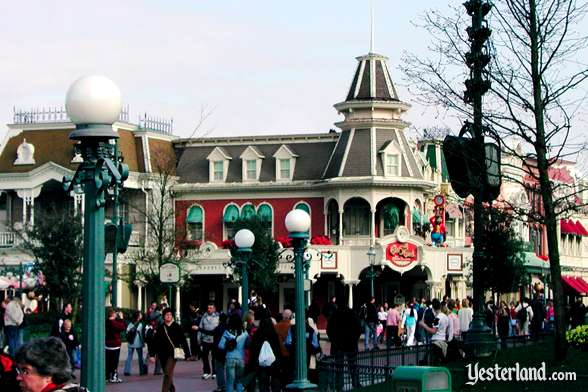
Eddie Sotto was the show producer for Main Street, USA, at Disneyland Paris.
|
Eddie Sotto’s 27 years in Entertainment Design began with the Wacky Soap Box Racers ride at Knott’s Berry Farm in 1979. During his 13 years with Walt Disney Imagineering (WDI), he left his mark on Disney’s worldwide theme parks. He became Senior Vice President of Concept Design at WDI. His work included Main Street USA at Disneyland Paris; early concept development (with Herb Ryman) of the Indiana Jones Adventure and the Adventureland redo of 1995 at Disneyland; and as Show Director, led major enhancements to Tokyo Disneyland, including Pooh’s Hunny Hunt. Beyond the berm, Eddie’s projects include the Encounter Restaurant at LAX, the “media as architecture” ABC Times Square Studios, and concept development for VMK, Disney’s Virtual Magic Kingdom. Sotto resigned from WDI in 1999 and currently runs his own design firm, Sotto Studios.
Eddie Sotto was part of a new generation of Imagineers who built upon the brilliant work of Walt Disney’s original WED Enterprises team. In this article, Eddie Sotto describes what it meant to him to become part of the community that built “Yesterland.”
— Werner Weiss
|
|
I’ll never forget the day (March 3rd, 1986) I held a WED ID card with my picture on it. Seeing my gushing mugshot next to that legendary logo of all logos was a dream come true. Just putting on that name tag was a rush. How did I deserve to be in the company of all those great designers and artists? (I’m still pondering that one.) Poking my head into the offices of the men who made Yesterland and getting paid to do it. What a gig! No amount of pinching would chill me from that high. I could literally have gotten canned the next day and would not have felt cheated. Then it all set in. The twelve-year-old who had taped the rides on cassettes had scaled the Castle Walls.
|
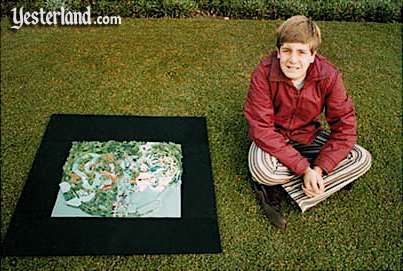
Young Eddie Sotto, future Imagineer
|
|
We all express our inner geek in strange and mysterious ways; mine was to build a scale model of the park while faking illness from school (Mom was real gullible). Tiny construction fences screened off finished areas while new attractions were being made from clay and business cards. Eddie was obsessed to say the least. When asked what I wanted to do when I grew up, I’d say, “Think of rides for Disneyland.” It was all eclipsed with that ID card. No more faking illness; now that you joined the legacy, you have to do something that lives up to it. That was daunting. How do you impart to others that special feeling that you felt as a kid?
|
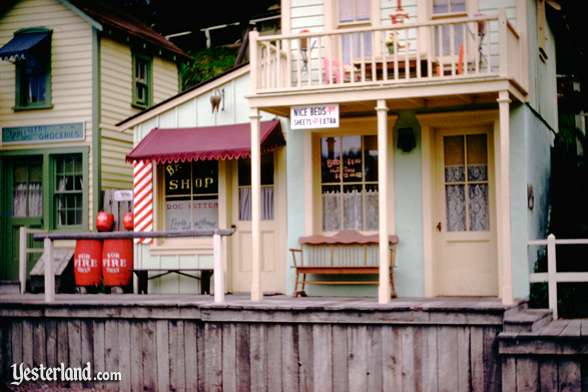
“The little minin’ town of Rainbow Ridge” in Disneyland’s Frontierland, 1959
|
|
My yearly trips to Disneyland had given me so much. Each land and its history inspired me to study about its True-Life counterpart. From New Orleans to the Columbia, I researched everything from the traditional music that played in the attractions to the architecture they sprang from. The depth of the park resonated with me more than the characters. It wasn’t long before I could identify the origins of the buildings of Main Street, or the Baldwin-styled locomotives of the Disneyland Railroad. The immersion of the park made history and design come to life for me. The little details—like the telegraph message in Frontierland, or the “party line” conversations on Main Street—fueled my imagination. I rode home pondering the names and stories of a shadowy citizenry that lived a floor above the maddening crowds of real-world guests. If I could only go up there!
|
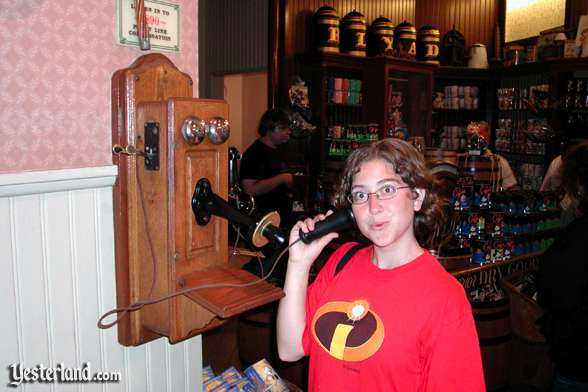
A party line telephone at the Market House on Main Street, at the original Disneyland
|
|
The job that I was hired to do was to recreate the very American “Main Street USA” in an all new park outside of Paris, France. This was Walt’s hometown romanticized, but in this case, to an audience that did not have the reference or nostalgia for it. In creating the land I drew on some of the little things that made the park so special to me as a kid that could be left as “hidden treasures” for that next European generation of Disney fans.
|
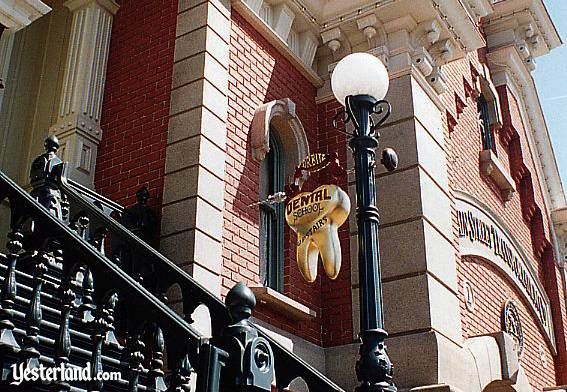
Dental School sign on Town Square at Disneyland Paris
|
|
Yesterland had lots of material to draw on. One was the funny soundtracks that played from the windows of the tiny town of Rainbow Ridge in the queue for the Mine Train through Nature’s Wonderland. The dentist drilling his patients into oblivion had been a favorite “gag” of Walt’s, so I thought we could do that same idea on Main Street. After all, Europeans fear their dentists too. These audio gags could play well in this park as they are not dialog-driven, per se. (Today these same tracks play on East Center Street at Disneyland).
|
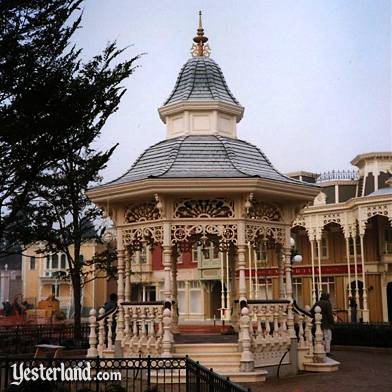
The Bandstand in Town Square at Disneyland Paris
|
|
Of course, the most obvious nod to “Yesterland” is the bandstand in Town Square. For reasons of design, we left ours there instead of moving it to the Hub as Walt did in Anaheim. The idea here was not to plant obvious references to the past, but look into the soul of where the Anaheim original transcended cultures, and expand on that. The smaller experiences that gave Walt’s Disneyland its “heartbeat,” making the park resonate in spite of its fiscal limitations—details that have been stripped away due to the expansion needs, audience taste, or just plain economics.
|
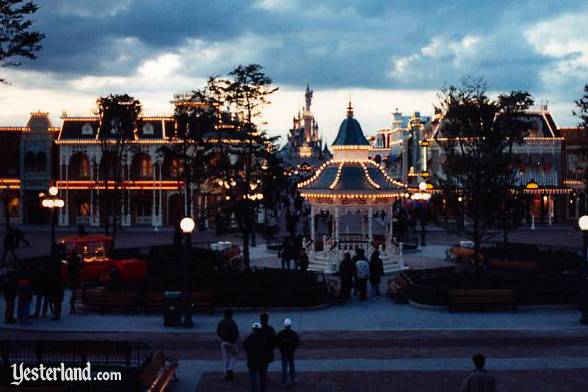
Town Square at Disneyland Paris at night
|
|
Another dimension lost to Yesterland was the legitimate nature of Main Street as small town. There was a sense that it was a functioning city at some level. This gave it a soul. Today Main Street can seem like one big Disney mall. Yesterland’s Street had a citizenry, complete with businesses that made the picture complete. There was a lock shop, pen shop, piano store, real estate office and more.
|
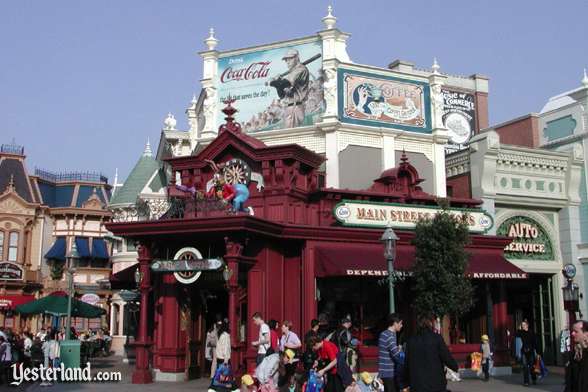
Main Street Motors on Main Street, USA, at Disneyland Paris
|
|
We tried to bring back as much local color with American history as a base. We did façades that feature the Wright Bros. Bike Shop; “Main Street Motors,” a real car dealership (now part of DLP Yesterland); and evidence of how our characters lived. The camera store featured the manager’s office. The San Francisco-themed bakery featured artifacts on the history of the cable car. We also dedicated upstairs windows and stained glass portraits to famous American inventors, songwriters, artists and more. Herb Ryman consulted with us on the project and gave me great advice. He once sketched a Chinatown street as an addition to Disneyland’s Main Street. We added a nod to that, with a Chinese-inspired façade and Mah Jongg parlor. After all, it was our San Francisco street!
This harkens back to the rich historical depth Disneyland instilled in its design. Charles Dana Gibson, the highest paid American illustrator of his day, created the aloof “Gibson Girl” character that inspired the suffragette movement. We gave his creations a tribute in the form of an ice cream parlor. Herb once told me that it is just as expensive to use research to base your design on something meaningful as to just make it up. He was right and we were trying to follow in that overlooked tradition. That depth has a value.
|
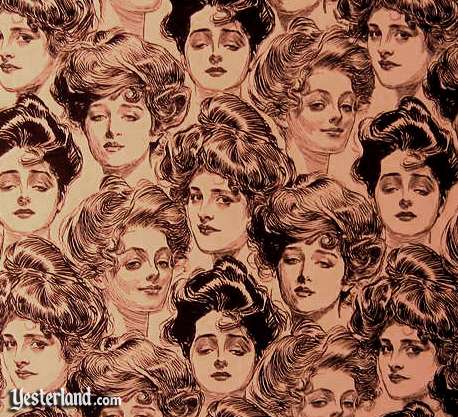
“Gibson Girls” by illustrator Charles Dana Gibson
|
|
I guess the details that I loved the most about the park were the things that were never on a map. So that became job one in Europe. The rest of the park’s designers felt the same way too. When I returned to California, we recalled the silhouette of the Yesterland Jungle Cruise dock, but added a few twists and a deeper story. And as enhancements, I brought back some of the fun details we used in France to the original Main Street.
|
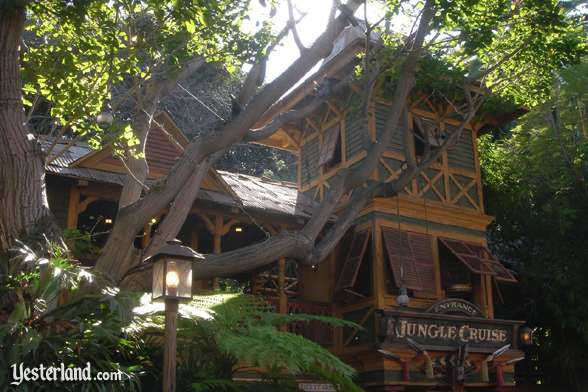
Jungle Cruise at the original Disneyland, after the 1995 redo of Adventureland
|
|
In the parks, the unexpected is becoming an endangered species of the experience. Touching the bronze apple outside of Snow White and having it suddenly cackle, or having “Shrunken Ned” read your palm, is what the park should be about. Random things that happen to you. The show team at the park today is all about that—providing those little details that make the park more than lines and rides. That world in-between the turnstiles lives in our memories and our inner child. I was happy to have had a chance to be part of it (and I still treasure my old WED ID).
— Eddie Sotto
|
© 2007-2011 Werner Weiss — Disclaimers, Copyright, and Trademarks
Last updated January 8, 2011.
Photograph of Gibson Girl Ice Cream Parlor, Disneyland Paris: 2005 by Werner Weiss.
Photograph of young Eddie Sotto: courtesy of Eddie Sotto.
Photograph of the little minin’ town of Rainbow Ridge: 1959 by Fred M. Nelson, Sr.
Photograph of party line telephones, Disneyland in California: 2006 by Werner Weiss.
Photograph of Dental School sign at Disneyland Paris: by Eddie Sotto.
Photograph of the Bandstand in Town Square at Disneyland Paris: by Eddie Sotto.
Photograph of Town Square at Disneyland Paris at night: by Eddie Sotto.
Photograph of Main Street Motors, Disneyland Paris: 2005 by Werner Weiss.
“Gibson Girls” by illustrator Charles Dana Gibson (public domain): courtesy of Eddie Sotto.
Photograph of Jungle Cruise entrance, Disneyland in California: by Eddie Sotto.
|